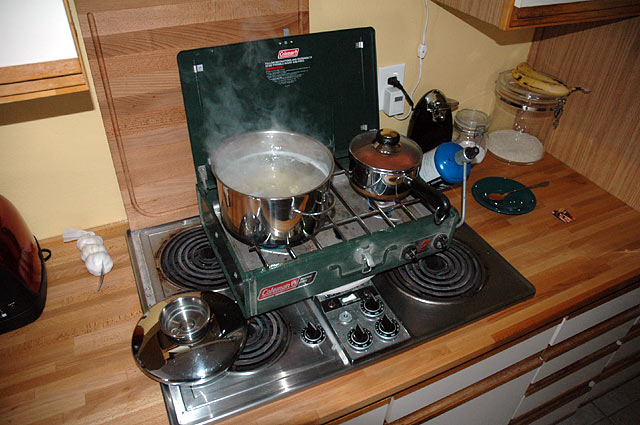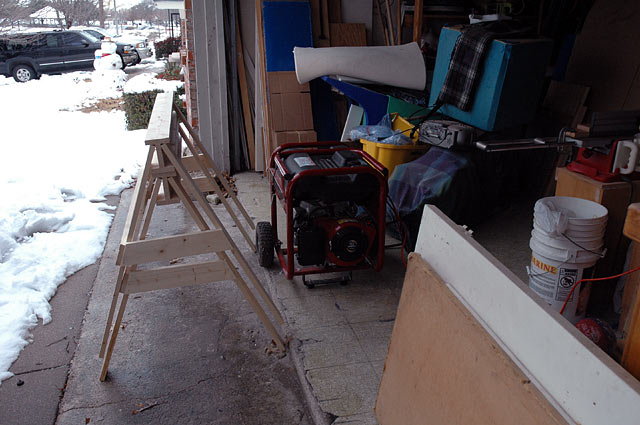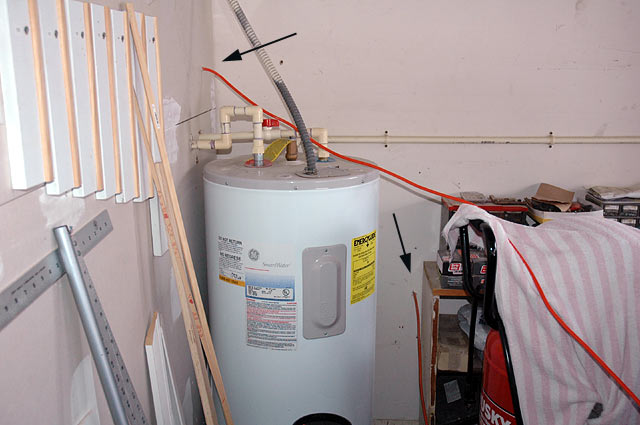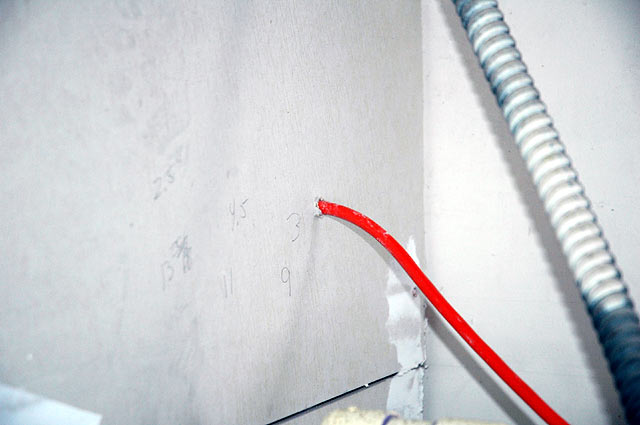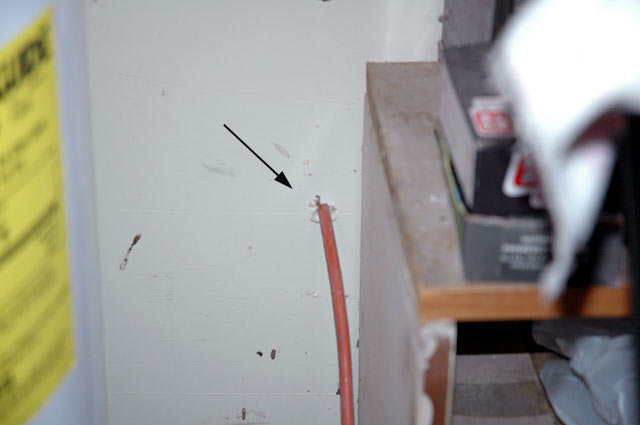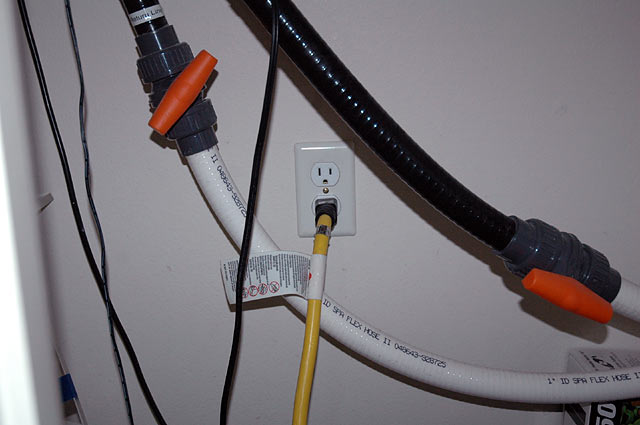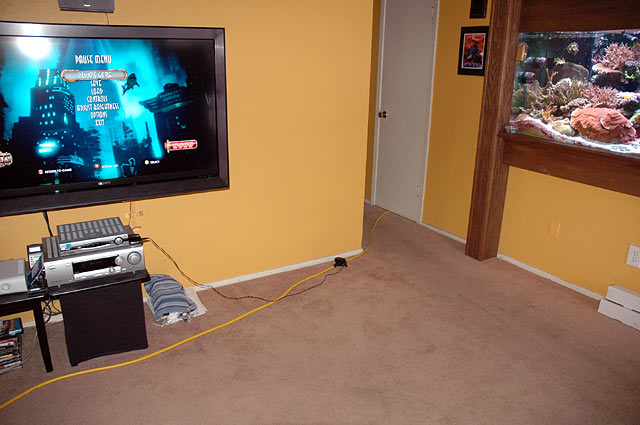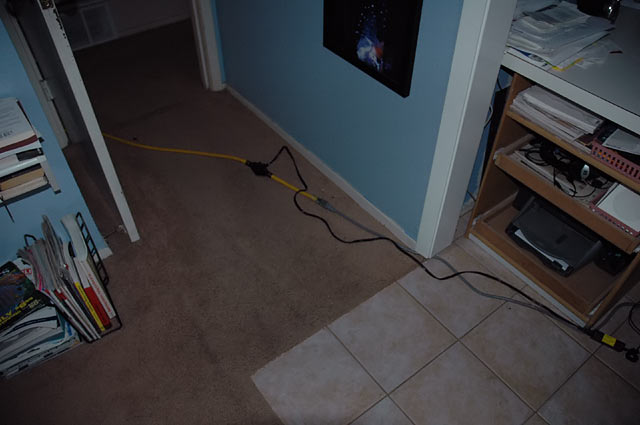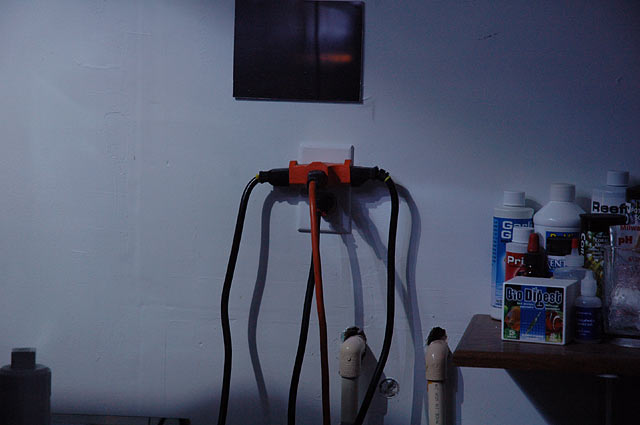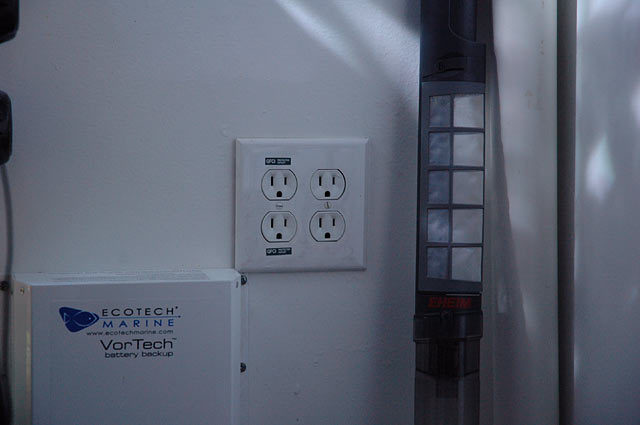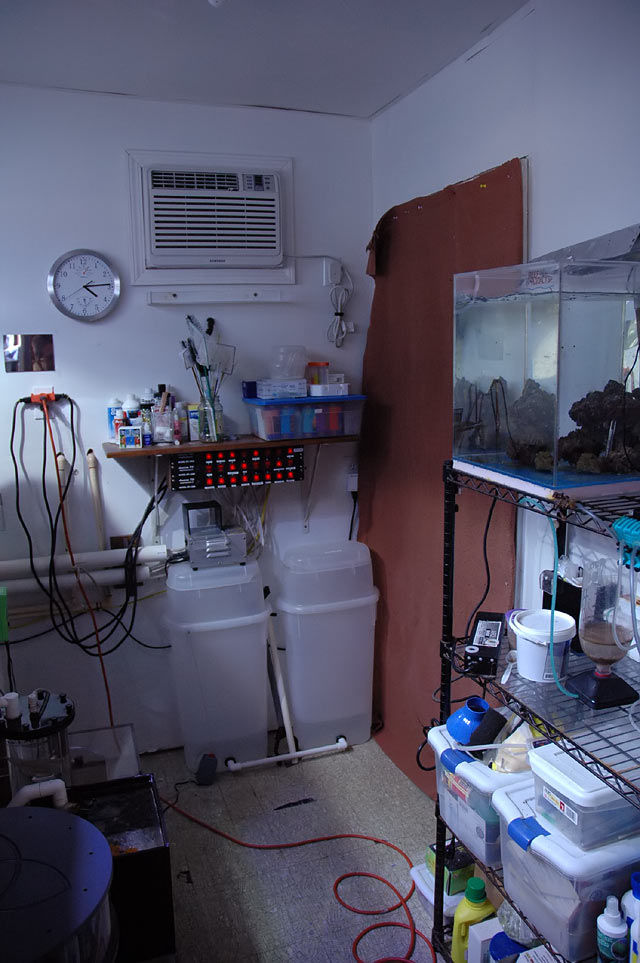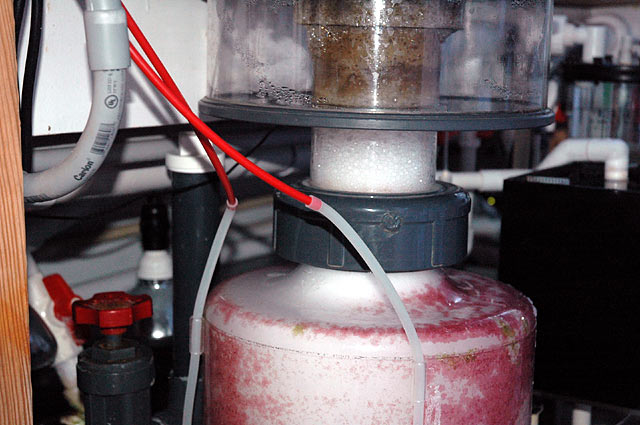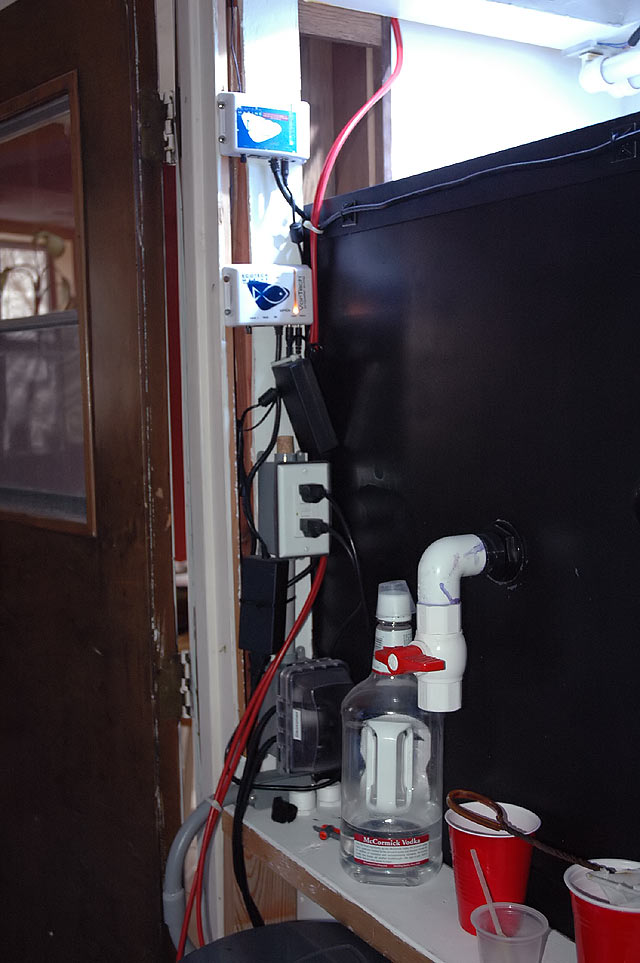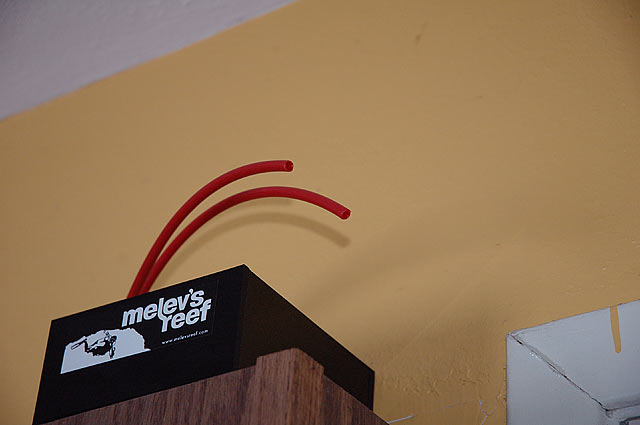A generator isn't just an option - it's a must to protect your reef
by
, 02-13-2010 at 12:23 AM (2475 Views)
With my recent blogs, you've read about how the power has been going out due to the snowfall in Fort Worth, Tx:
Snow - my favorite topic; & a power outage to deal with
No Power Again
Let me describe how I run the generator when an emergency strikes. If the power doesn't resume within one hour, the generator is used.
The generator is stored in the garage, safe from the environment. Gasoline is also stored, and has a stabilizing additive to keep it fresh and viable. About once a month, I try to remember to turn on the generator and let it run for 15 or 20 minutes. This is a good way to keep it running smoothly. Even better, hook it up to something so it has to carry a load. A very important rule: When shutting off the generator, don't flip the switch to off. Close the valve in the fuel line so the carburetor uses up that fuel completely, otherwise the stagnant gasoline can coagulate and gum up the line which will make it nearly impossible to start up the engine in the future. Within a couple of minutes, it will turn off.
Here's my generator in action. Note the two power cords plugged in. There are a few receptacles available still. It was moved into position to the opening of my garage with the exhaust pointed toward the street.
This generator can produce up to 6250 watts of power, but runs 5000 watts on demand. The rest is for the initial surge to start up various items. With it running, I can power the needs of my reef, the television, the fridge, and my computer.
When a generator is running, the main reason is because there is no power in the area. It makes a lot of noise, since it is a engine similar to what a lawnmower uses. The neighborhood is dead silent because nothing is on, making your generator a topic of interest. I've always opted to lock mine up to something immobile to prevent someone from stealing it. So far, so good. In the picture above, I put some saw horses in front of it, and the driveway has vehicles in it. Anything to take away the element of an easy score. If I end up moving it to the backyard one day, it'll go in a small brick enclosure that is locked tightly to thwart a would-be thief. Because of the carbon monoxide exhaust, a generator can not be run indoors or in a closed garage. It's too dangerous, and thus must be run in a ventilated area. Keeping it right at the garage's perimeter, I bring the garage door down as much as possible to again avoid personal loss. It isn't a perfect option, but you do what you can.
Normally, the power cords are run via an open door or window to where they are needed. There are two problems with this: 1) You can't lock up your home because of the cords, and 2) You can't keep out the weather, nor the exhaust that may travel in if the breeze flows in the wrong direction. Since both of those are of a concern to me, I decided to install something more permanent.
In the following pictures, you'll see how I ran some extension cords through the sheetrocked walls in my garage, feeding power to the fishroom as well as the entry closet in the living area.
To the fishroom:
To the hall closet:
On the opposite side of those walls, I installed an electrical box and outlet with coverplate. This first one allows me to plug in a few essentials indoors, like the tv (gotta find out what is going on via the news, right?), the fridge, a lamp or two, and my computer. The plumbing you see is the SpaFlex-type that runs from the angled tank in my foyer to the 280g's sump. This closet has become a drygoods storage closet between the two areas.
This other one is loaded up with plugs to run equipment in the fishroom. It may look overloaded, but it really isn't pulling a lot of power. It simply allows me to flip on and off any items as I see fit using the DJ Power Stations in the fishroom. I unplugged the three black cords from the normal outlet and plugged them into the emergency outlet that is plugged into the generator. The last orange cord runs over to the quarantine tank to keep the circulation going and the heater on if need be.
This is the normal outlet they were in before the power outage. After the power resumes, I'll move the three black cords back to this one:
To help keep the fishroom warm with the temperature in the garage dipping to 28F, I used some push pins to secure this heavy blanket over the door leading to the garage to add a little more insulation. It definitely helped, and is something I can remove again when things are back to normal.
With the generator running, I was able to use everything on my system including the skimmer, the calcium reactor, refugium lighting, MH & VHO lighting, the return pump and Dart (manifold) pump, as well as the Vortechs, heaters, and more. It helps that I don't run a lot of power hogging gear.
However, I still smelled some exhaust in the fishroom and that concerned me. The skimmer pulls air in via venturi, and I didn't feel comfortable with the possible risk to my livestock. So I decided to extend the venturi tubing to draw in air from the living area of my home.
I may even change this over to draw in air from the attic or perhaps from one of the eaves under the roof line to bring in fresh air to my reef, now that I've seen how well this worked. The skimmer didn't seem affected at all by the longer tubing, which was some red RO/DI tubing I had on hand. (One of the perks of selling RO/DI systems.)
With the generator running and my home sealed up tightly, I've been able to keep my reef running smoothly for the past couple of days. The fishroom is closed tightly, and the reef temperature stabilized at 80F while my home's temperature has dipped to 60F. With an all-electric home, no natural gas and no fireplace, it's imperative that I make sure my reef is safe when the power goes out. This generator cost $660 at Home Depot, and has come in handy about three times a year every year. In the past, the longest it ran was 19 hours straight, but this month I'm going to exceed that easily. At the time of this writing, it has been on 20.5 hours and there's no clue when we'll have power again. With a full fuel tank which holds about 5g of gas, it will run 12 hours. I keep a couple of 5g jugs of gasoline on hand to replenish it as it is consumed, which can be done while it is running.
Oh, and if we get hungry, a propane camping stove can be a useful option as well. Spaghetti anyone?
